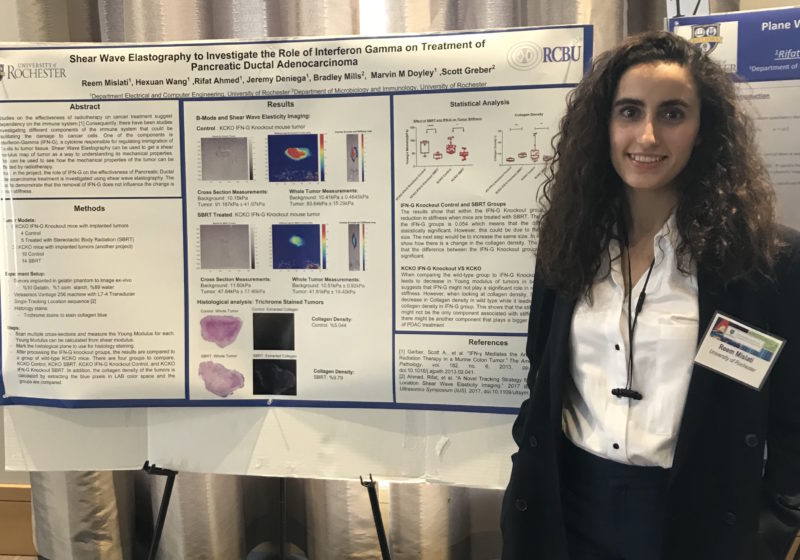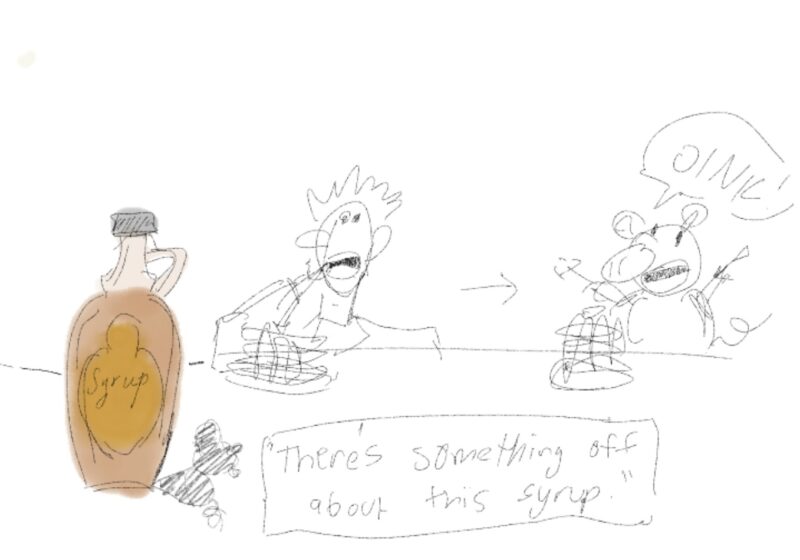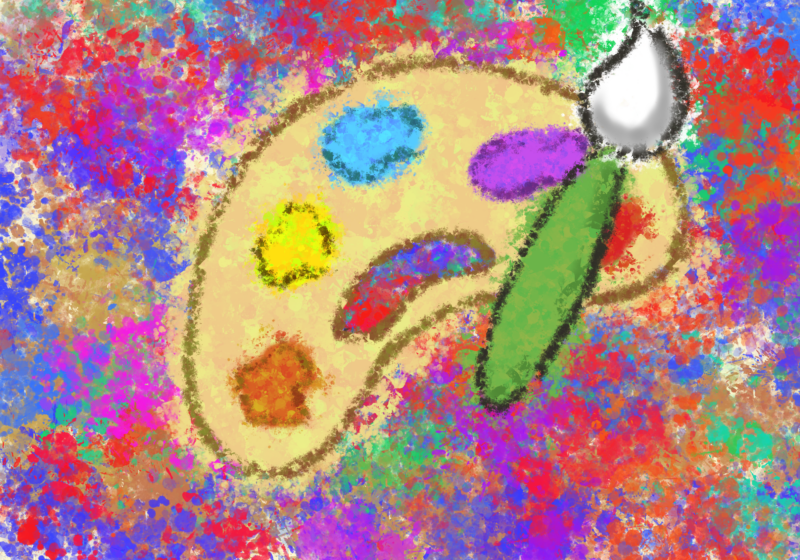Reem Mislati, an electrical and computer engineering (ECE) major, is using ultrasound technology to inform human cancer therapeutics. “Ultrasound is a medical imaging technique that can have a benefit on human lives,” she said. “It’s really important to understand what’s happening inside without actually going in.”
Mislati didn’t expect to become involved in biomedical research as an ECE major. “As an engineer, you start off here thinking you’re just going to work with hardware. ECE allows you to work with systems,” Mislati said. “All these fields are developing new techniques to help the medical field.”
Mislati’s passion for imaging research originated from her fascination with the technology. “I like circuits; they’re fun to play around with,” she said. “I started research in ultrasound without understanding anything. After taking classes and reading a bunch of papers, I learned how it applies in real life.”
Now, Mislati is application-focused. She is working with Professor Marvin Doyley in the ECE department and collaborating with professors in the imaging department and the UR Medical Center. The team uses ultrasound technology to image pancreatic tumors in mice. Mislati wants to understand how the structure of a tumor and the local environment can impact the effectiveness of immunotherapy, and how scientists can intervene to improve its effectiveness. Currently, universal tumor therapy is difficult to optimize because every type of tumor is unique. “You see a problem and try to understand how you can solve it,” Mislati said. “That is the core of research.”
The five-year survival rate for pancreatic cancer is only 9 percent, and about 55,000 people are diagnosed every year. The American Cancer Society predicts that 44,330 people will die of the disease this year. “Pancreatic cancer is very stubborn,” Mislati said. “We want to understand what makes it that stubborn. What can we change?”
Ultrasound elastography technology can map the density of tumors to infer their biomechanical properties. Mislati images pancreatic tumors from mice and quantifies their stiffness. She also performs histology stains on slices of tumor to measure the collagen content in the surrounding tissue. “Having that kind of information can be used to better understanding tumors, and then you can develop different therapies to target these tumors,” she said.
“You need to understand the structural differences,” Mislati said. “Using just the stiffness doesn’t give you enough information about the microenvironment.”
“Collagen plays a big role in immunotherapy,” Mislati said. She thinks that collagen density may affect the body’s ability to attack the tumor upon therapeutic stimulation. The distribution or density of collagen varies between tumors, which may partially explain differences in their response to therapy. “We’re looking at the extracellular matrix within the tumor, and how it changes with treatment.”
It’s also important to examine differences in landscape within the same tumor, as collagen density usually isn’t uniform. “Normally tumors are not homogeneous,” Mislati said.
The accessibility of healthcare and medical research in developing countries is important to Mislati, who grew up in Libya and moved to Wales for high school. Though an MRI offers higher resolution, ultrasound technology is faster and less expensive, making it available to more people. “I am more science-oriented, but I also like the humanitarian aspect,” Mislati said. “I have a global perspective.”
In the future, Mislati wants to earn her Ph.D. in medical imaging, and to apply the knowledge she has gained towards helping people worldwide. “The reason I like this research is that it’s about understanding the nature of disease, something that affects many people,” she said.
“[UR] gave me a better perspective on how to have an impact on the world,” Mislati said. “Engineers are focusing their efforts on understanding and tackling these problems. That’s what I love about research in ECE.”
Doing exciting research on campus? Contact Audrey at agoldfa5@u.rochester.edu to tell her about it and potentially be featured in the next edition of Research Rochester.






